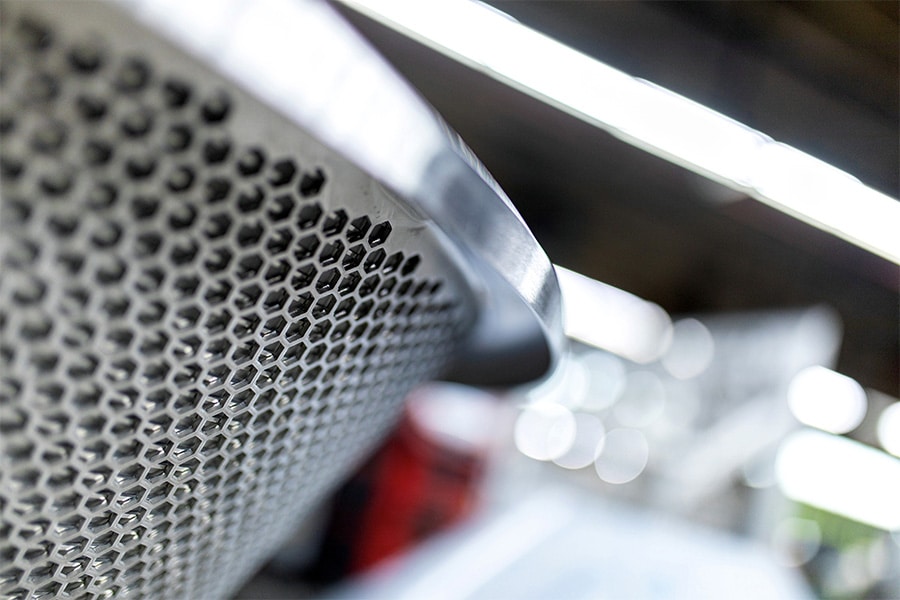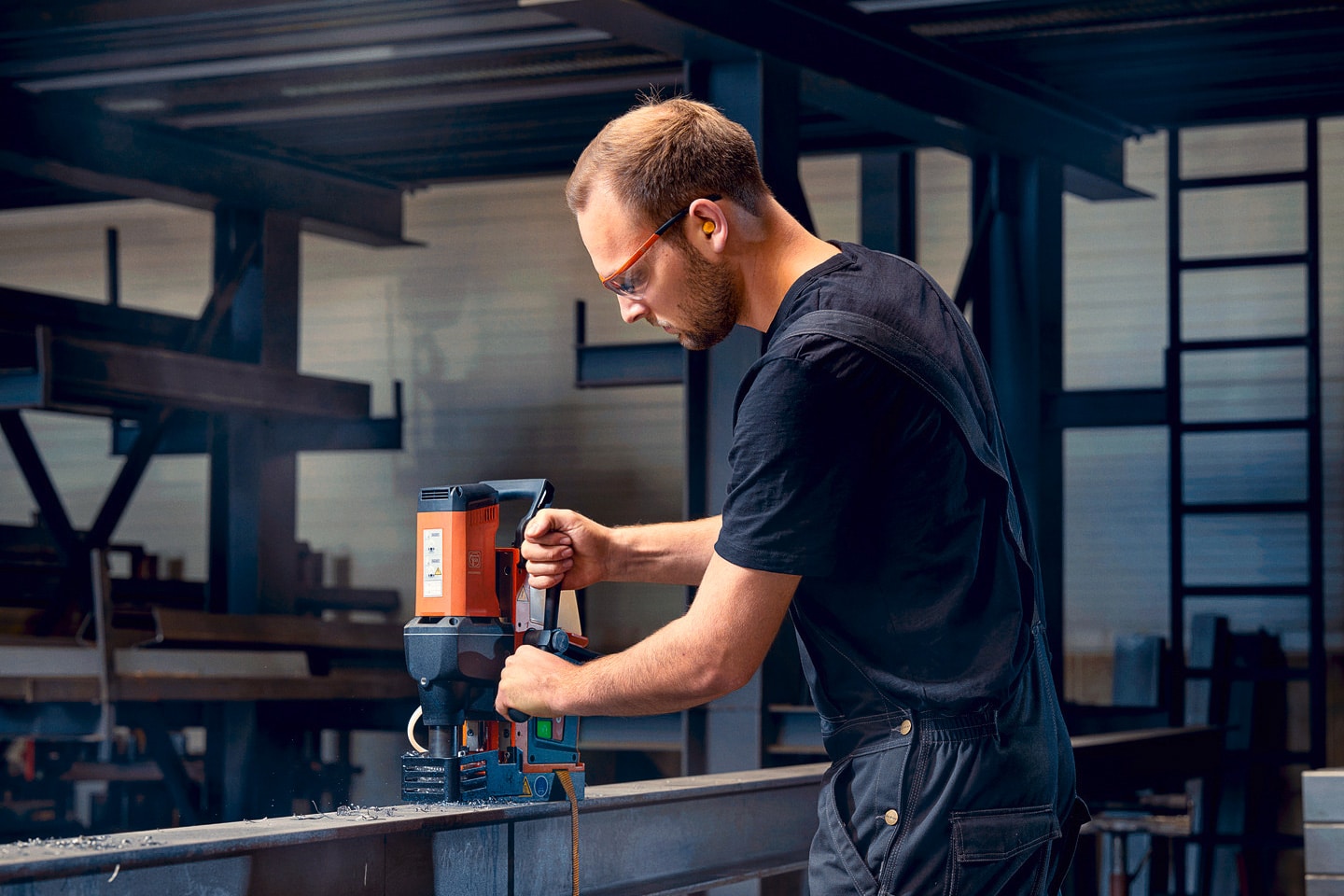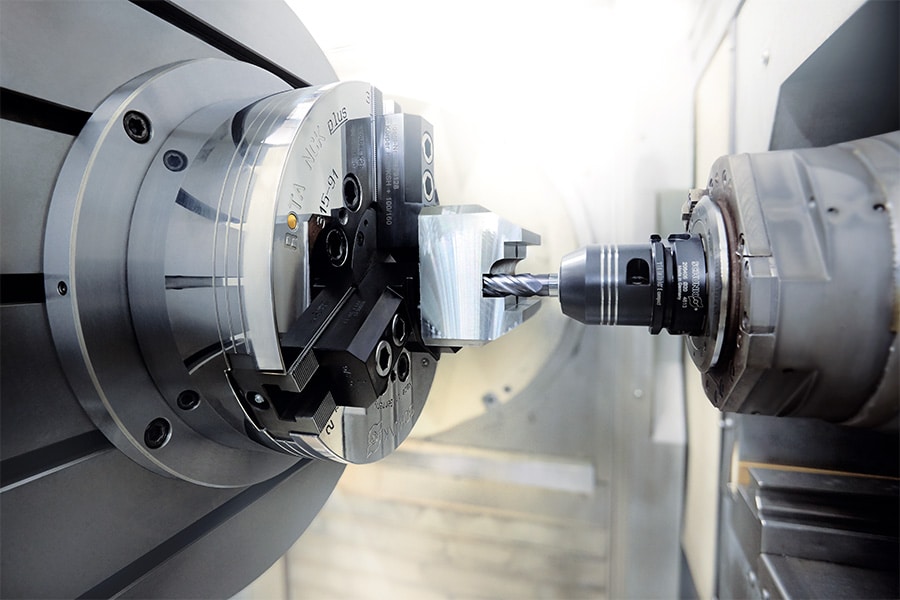
How to avoid microarc formation in robotic welding?
Micro arcing, usually invisible to the human eye, can occur in the contact tip or in the wire guide. This occurs when the wire does not contact the tip in a consistent manner. As a result, the current flow is compromised, causing microarc formation. Especially in robotic welding, this is a common problem. But how can it be solved?
Micro arcing actually has the same effect as putting a car's jumper cables to the battery and then holding them together. The sparks will fly around. Micro arcing does just the same thing but within the small diameter of a contact tip. As a result, the wire on the inside of the contact tip will begin to melt. Most welders solve the problem by cutting the wire. While this will restart the process, where the reaction occurs normally, carbon will have stored due to the abrasion effect. In effect, a dead zone has been created there. So you can weld, but in no time the arcing will return, faster and faster and faster because of that buildup of carbon. A better solution is to investigate the cause and take appropriate action. To be sure that you are suffering from micro arcing, simply take a piece of welding wire from the contact tip and hold it under a magnifying glass. Sparks leave a mark, typically in different colors than the material (purple, blue, green). This gives an idea of what happens when microarc formation occurs.

The abstract scene of robotic arm welding machine . The hi technology automotive parts manufacturing process by robotic system for electric welding machine.
Too much slack in the wire guide
The three most common causes of microbowing are lack of clearance in the wire guide, too large an inside diameter of the contact tip or too small an outside diameter in the wire. Manufacturers often add an element to straighten the wire. Interesting to keep the wire in place, but the downside is that this eliminates any slack in the wire guide. Getting the clearance exactly right is a very difficult balance in robotic welding. Too little play in the wire guide causes microbowing, give too much play and the wear parts will need replacement much faster. Find the balance that best fits your applications or use horizontal spools. These naturally have better clearance.

Make sure the size of the welding wire and contact tip are matched.
Wire diameter and contact tip not perfectly matched
Adjustments to the welding wire are often not possible because it is defined in the welding specifications. To reduce microarc formation, a solution may then be to use a contact tip with tighter tolerances. They have a larger contact area than standard contact tips, which allows the current to be transferred better, thus reducing microarc formation. When the outside diameter of the welding wire is too narrow, it can experience the same thing as when the inside diameter of the contact tip is too small. As with a contact tip that is too large, no consistent contact will be made with the welding wire. If both the coil and contact tip do not have the exact right tolerances, micro arcing will definitely occur. Therefore, make sure that the size of the welding wire and the contact tip are matched. And if that does not help, then one will have to think again about which welding wire to use.



